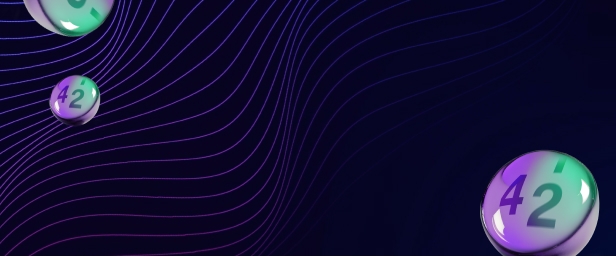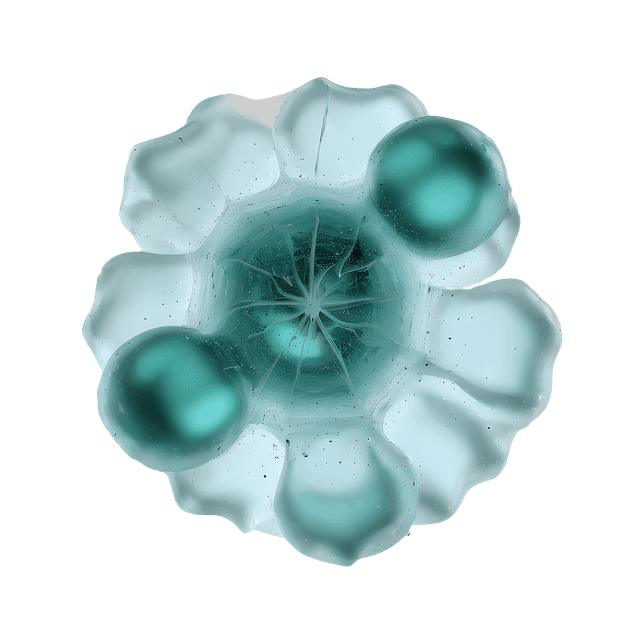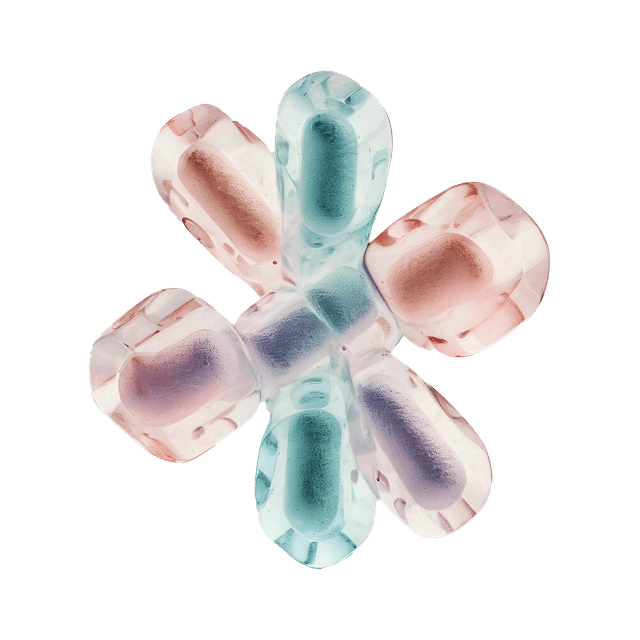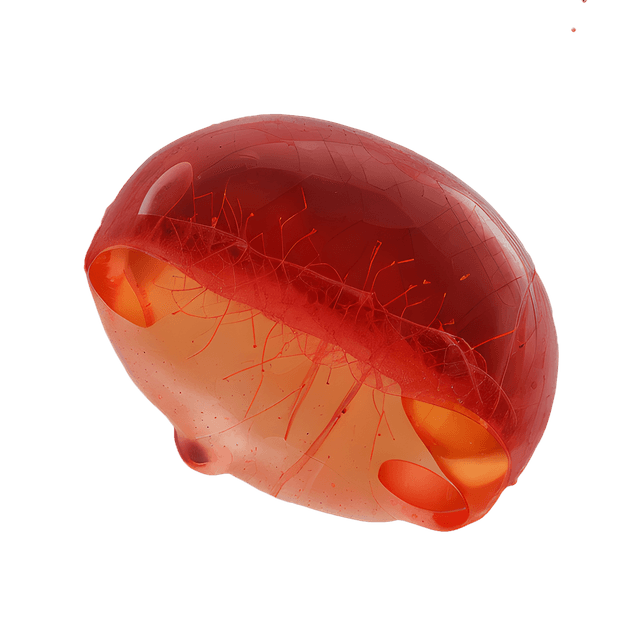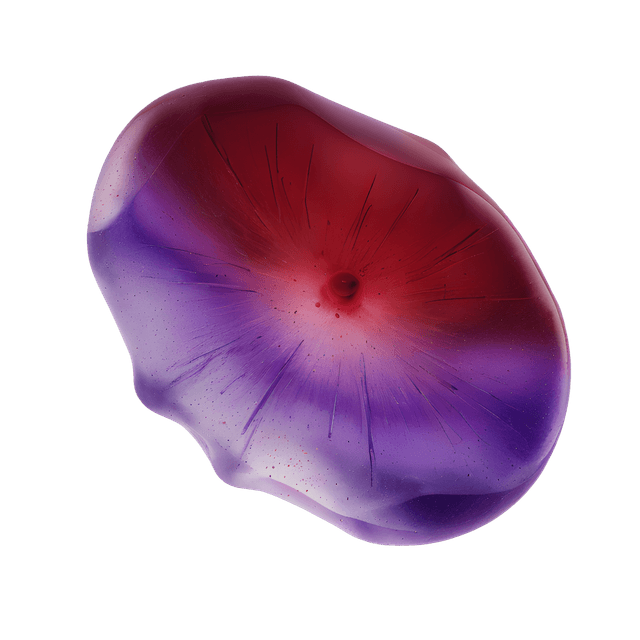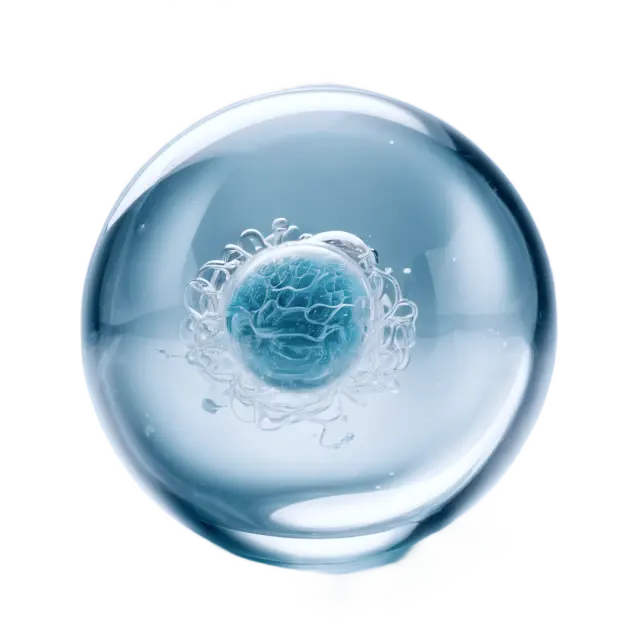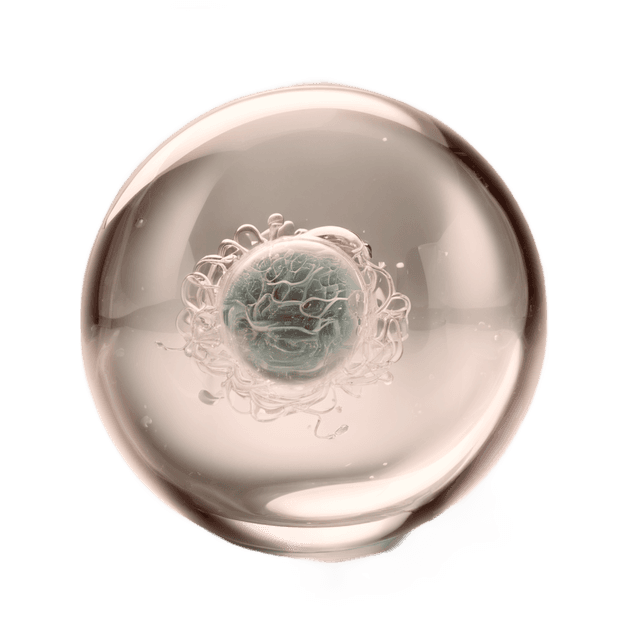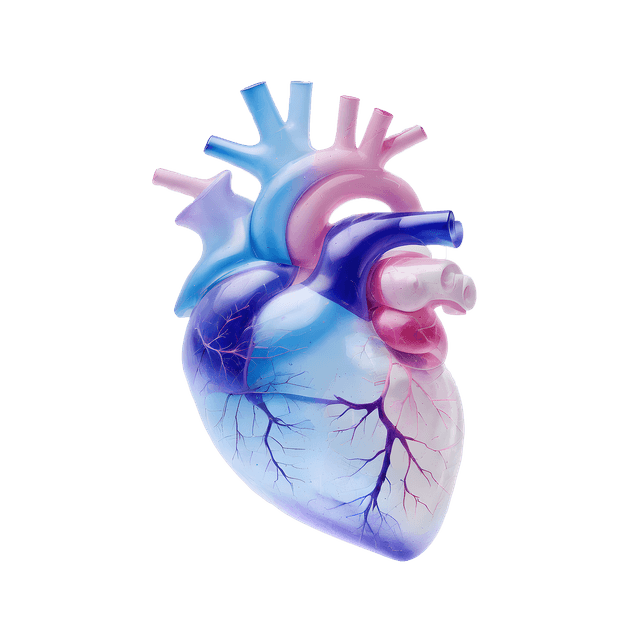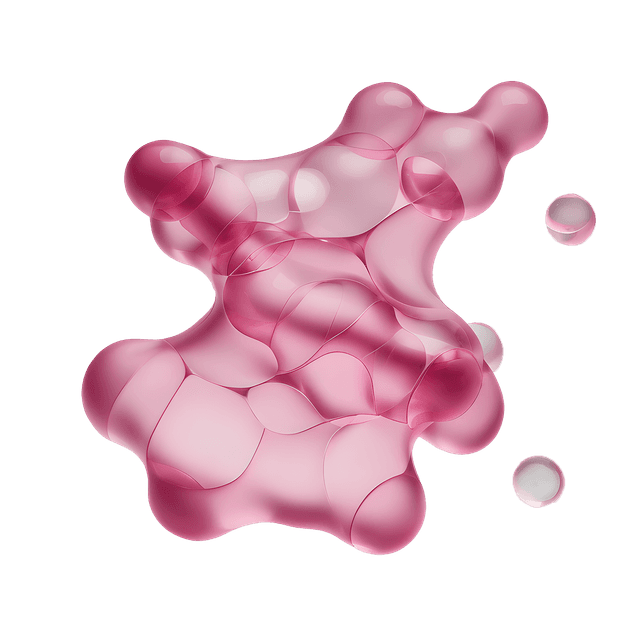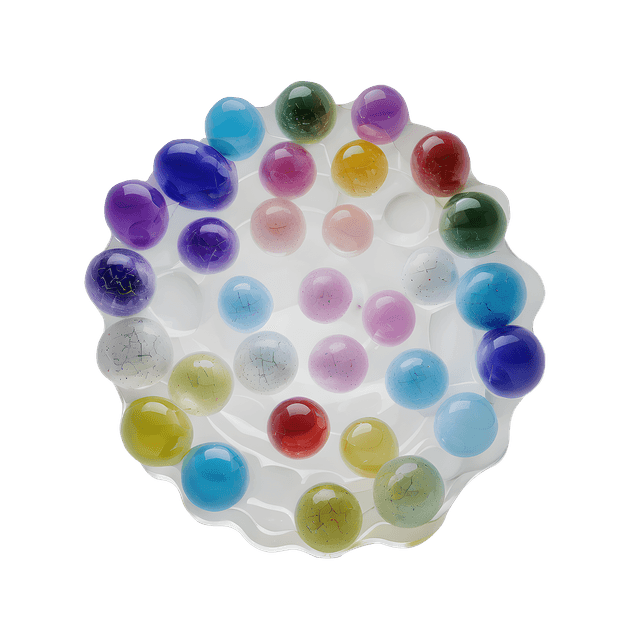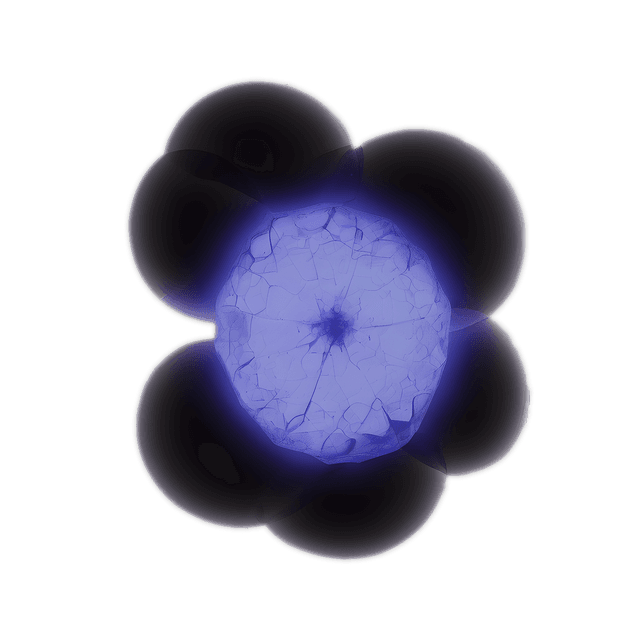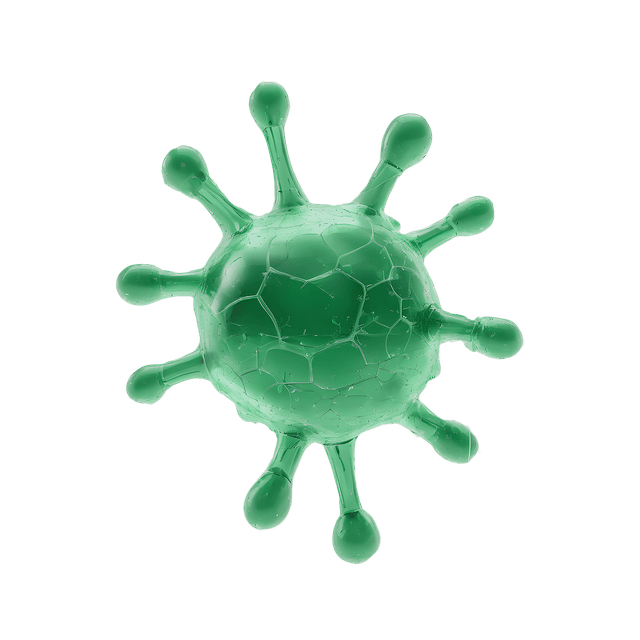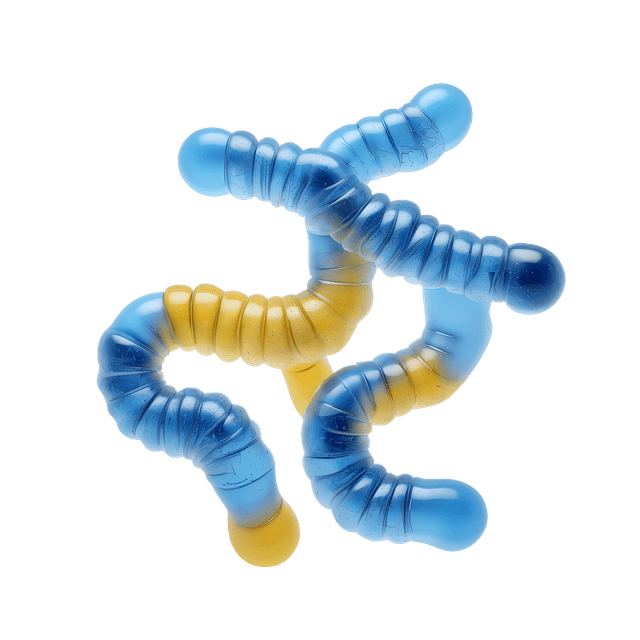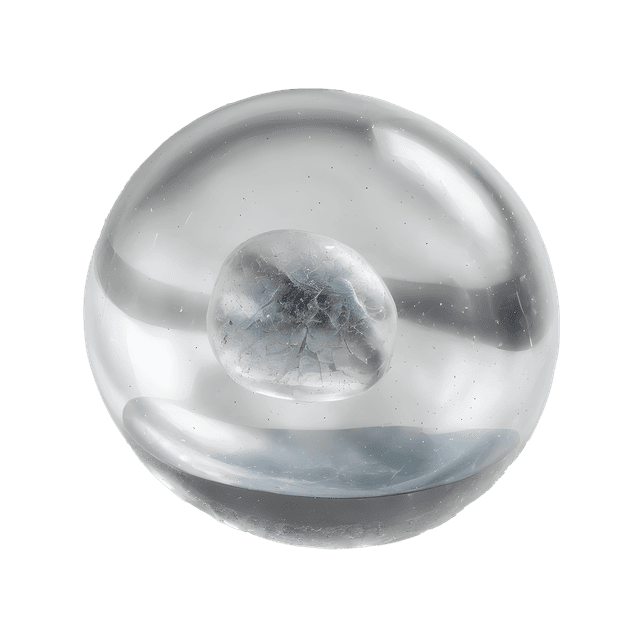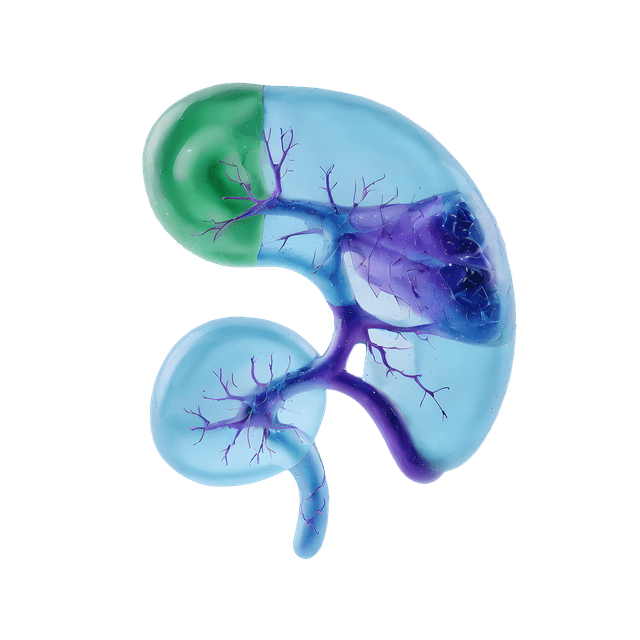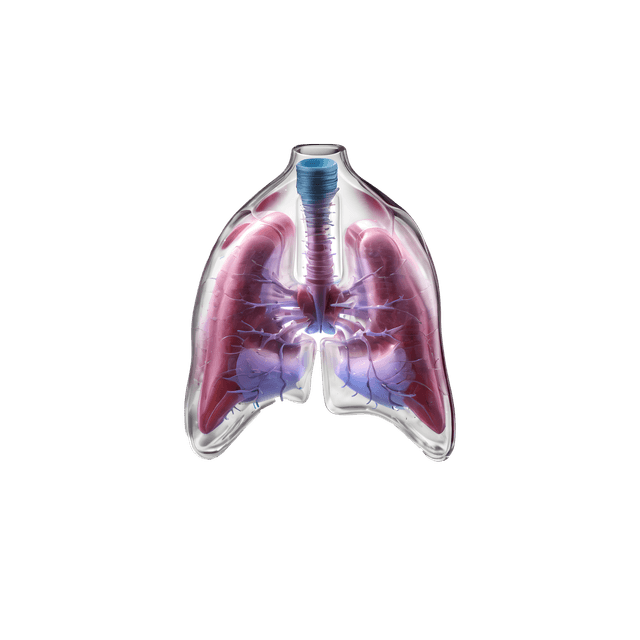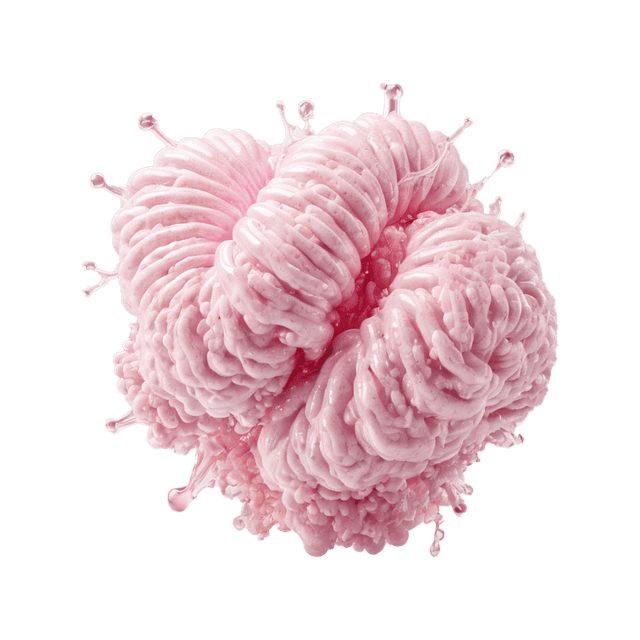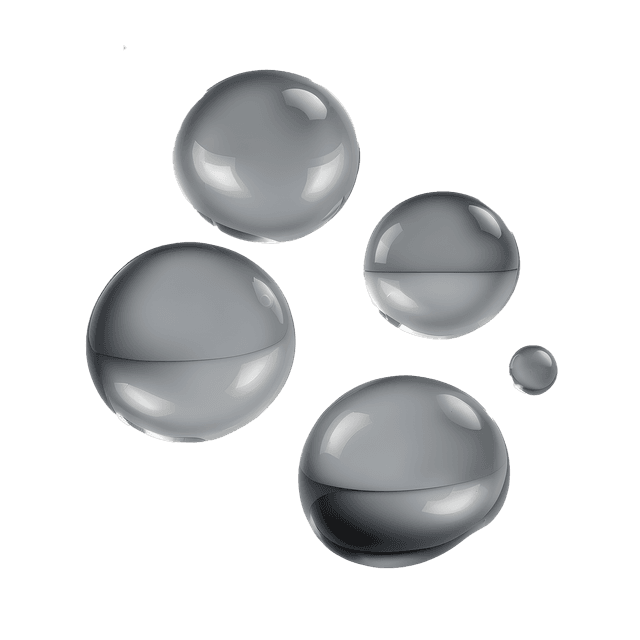What is shingles?
Shingles is a disease characterized by painful blisters or shingles abscesses that usually appear on one side of the body or face. The pain and rashes can be intense and significantly affect the quality of life. Shingles can also result in postherpetic neuralgia, a long-term pain that persists after the shingles rash has healed.
How do you get shingles?
Shingles develops in people who have previously had chickenpox, and the cause is related to reactivation of the latent varicella-zoster virus. This reactivation can be triggered by factors such as age, a weakened immune system, certain medications or stress.
After chickenpox has healed, the virus remains latent in the body's nerve cells and can be reactivated several years later, leading to shingles. Why you get shingles and how the mechanism behind this reactivation is not fully understood, but various factors such as age, weakened immune system and stress may play a role in the process.
Is it possible to tet my antibodies?
To detect antibodies against the varicella-zoster virus, a blood test can be performed to analyze the presence of antibodies against the virus. The test is mainly used to determine if a person has previously had chickenpox or is vaccinated against chickenpox. The test also shows antibodies against shingles if a person has previously had the disease shingles.
How does shingles spread?
Shingles itself is not contagious, but people who have not had chickenpox or been vaccinated against chickenpox can get chickenpox if they are exposed to shingles boils. The spread of infection occurs through direct contact with the wound fluid in those from the shingles abscesses.
What does shingles look like?
Shingles often begins with a burning or stinging sensation on the skin, followed by redness and a rash. Small fluid-filled blisters soon develop which can be painful. The rash usually follows a limited area and is shaped like a belt, which gives the disease its name.
What are the symptoms of shingles
In addition to the painful blisters, fever, headache and general malaise are also symptoms that occur when you have shingles. The pain that accompanies shingles can be intense and prolonged, especially if postherpetic neuralgia develops.
Is there a vaccine against shingles?
Shingles is a complex disease that affects many people worldwide. To reduce the risk of shingles, vaccinationis recommended if you have not developed antibodies, especially for the elderly and people with weakened immune systems. If you experience symptoms suggestive of shingles, it is important to seek medical help for appropriate diagnosis and treatment.

